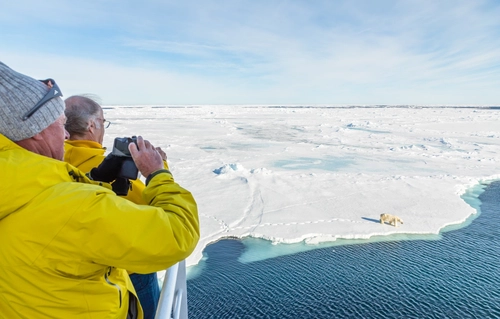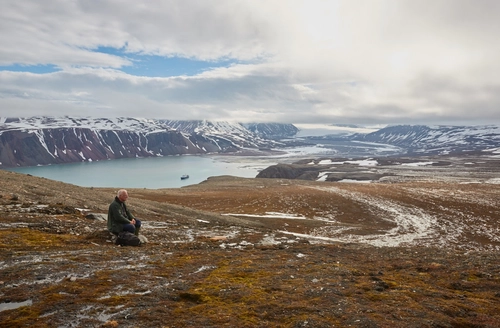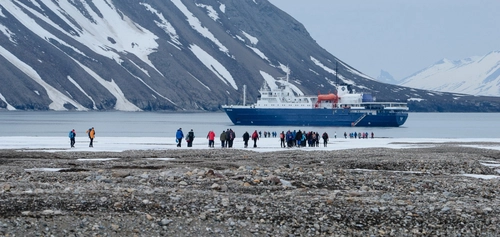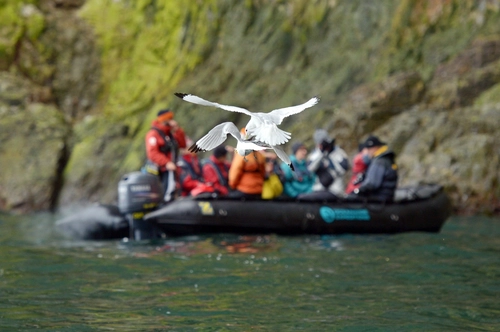Each of our Arctic regions offers its own distinct and unforgettable features: Greenland boasts mountainous shorelines and record-setting fjords, Northern Norway is renowned for the aurora borealis and historic masted schooners, and Svalbard (especially Spitsbergen) is where you're most likely to encounter a variety of Arctic wildlife.
However, these areas are not limited to the mentioned attractions. You can experience nearly all Arctic essentials (snow-capped peaks, expansive fjords, and diverse wildlife) on almost any Arctic cruise.
Since we're dealing with nature, we need to talk in terms of probabilities. Your best chance of seeing iconic Arctic animals is in Svalbard. Below are a few species you might encounter there, included for both their popularity and the likelihood of sightings.
1. Arctic fox
One of the more common and beloved animals in Svalbard is the Arctic fox. Often seen hunting below the area's many bird cliffs, they turn white in the winter, but their warm fur keeps them protected year-round.
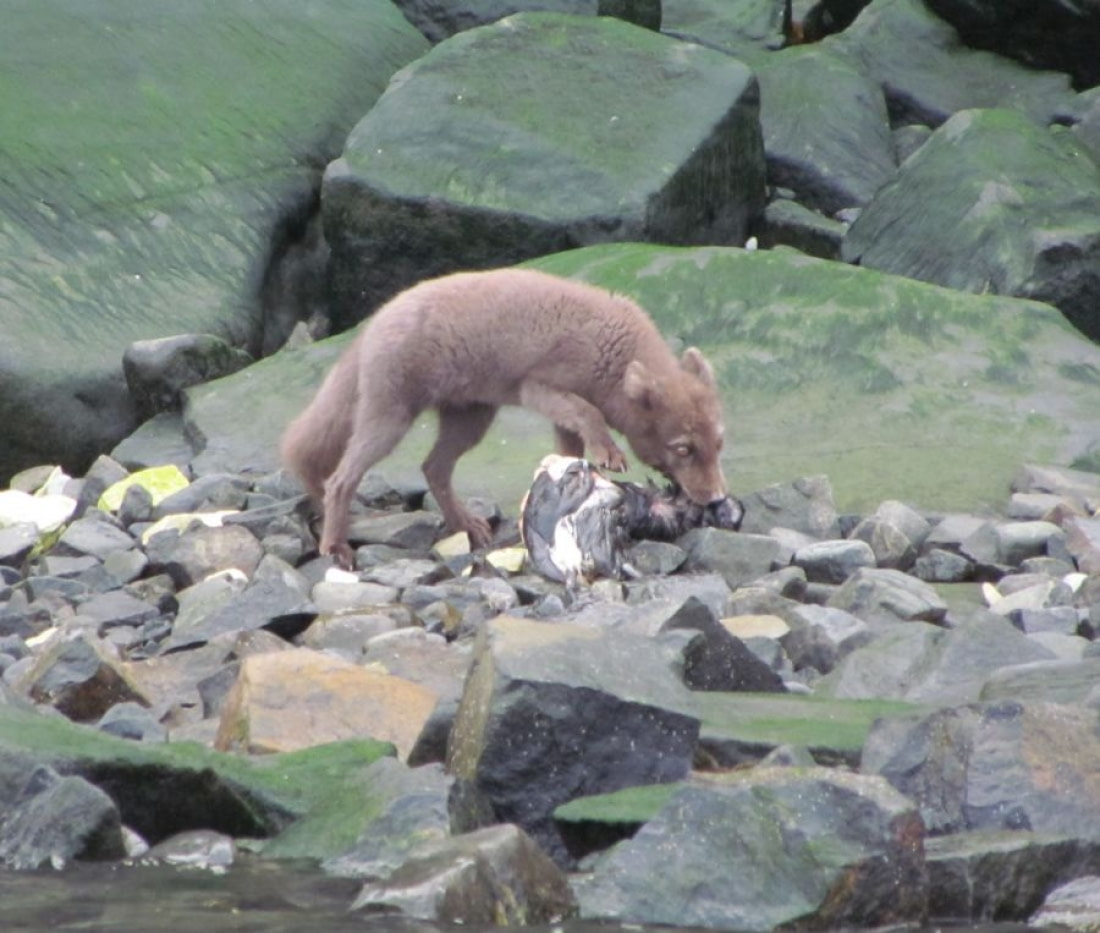
2. Bearded seal
The largest seal species in the Arctic, the bearded seal is known for its long whiskers and loud voice. The song of the male bearded seal can be heard up to 20 km (12.4 miles) away.
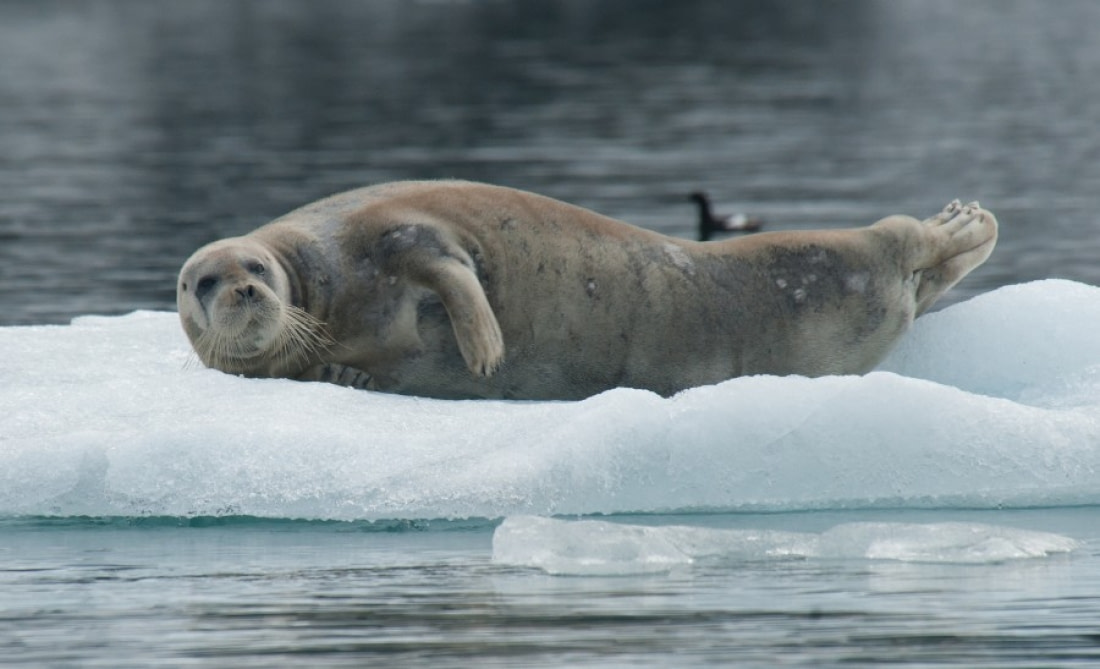
3. Kittiwake
Bird cliffs are a regular feature of Svalbard and its principal island of Spitsbergen. One of the more frequently seen birds there is the kittiwake, a species of gull named for its bird call.
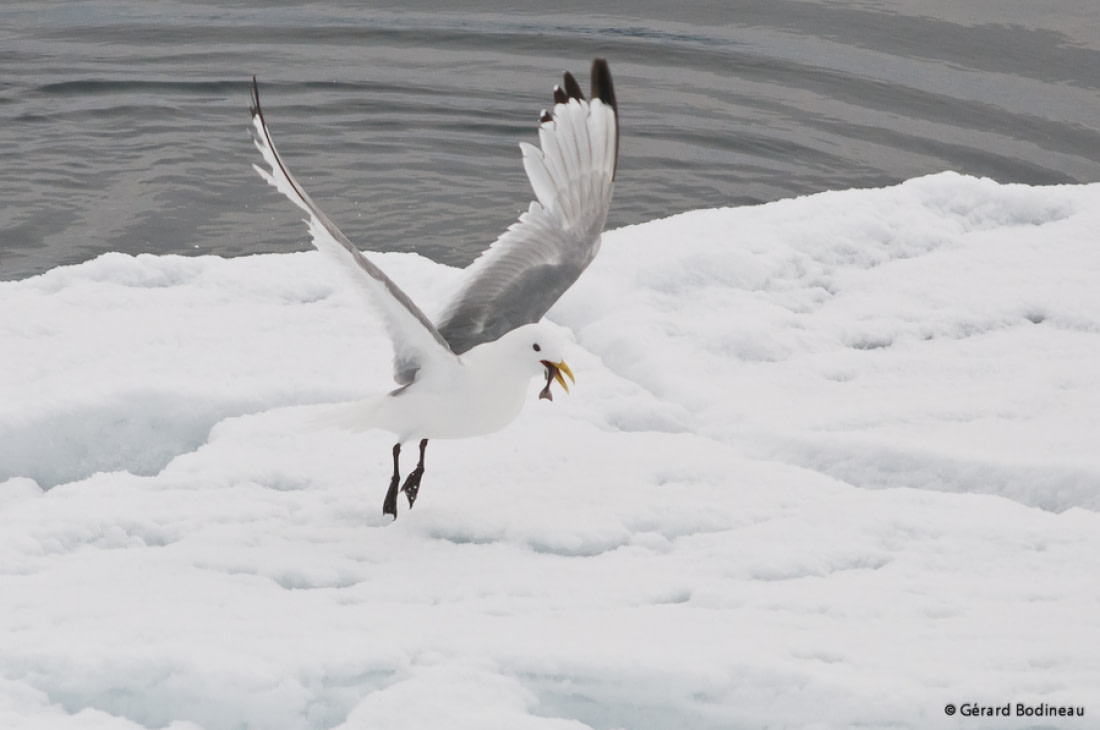
4. Svalbard reindeer
Once on the brink of extinction, the Svalbard reindeer now thrives across this Arctic island chain. It can run up to 80 kph (50 mph) despite preferring a more sedentary existence, feeding on the islands' many tundra regions.
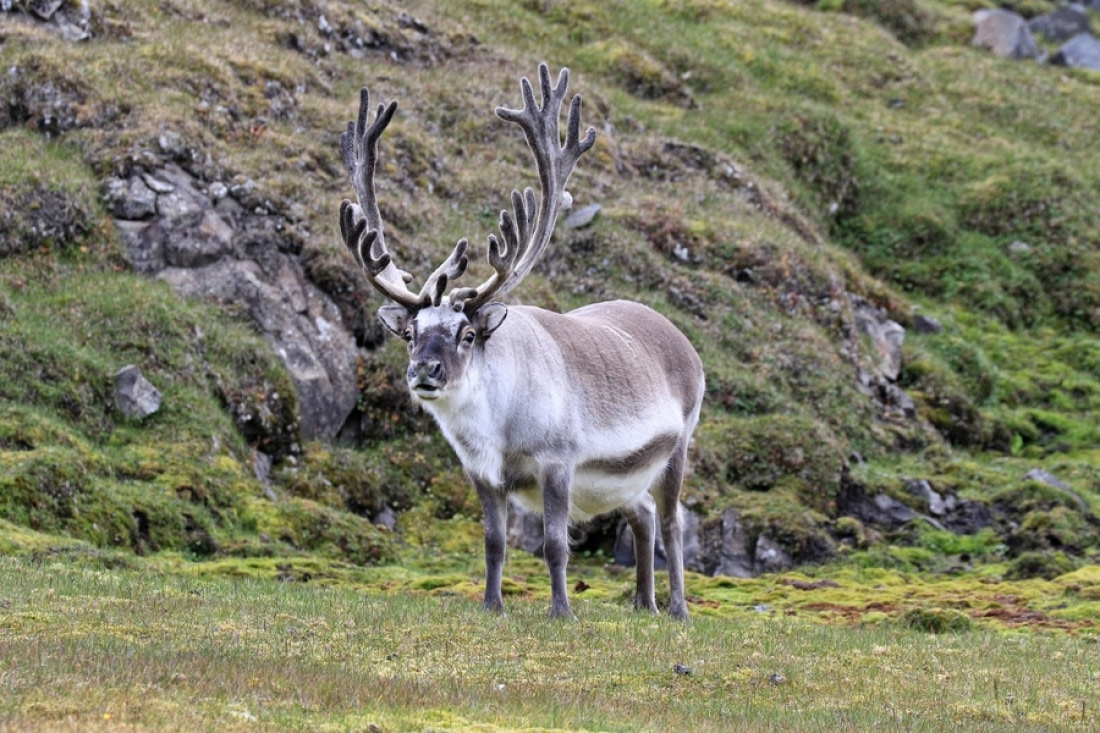
5. Humpback whale
Known for the way it humps its back before a dive, the humpback whale is often first noticed by its spout, which can reach as high as 6 meters (20 feet) and be heard as far as 245 meters (800 feet) away.
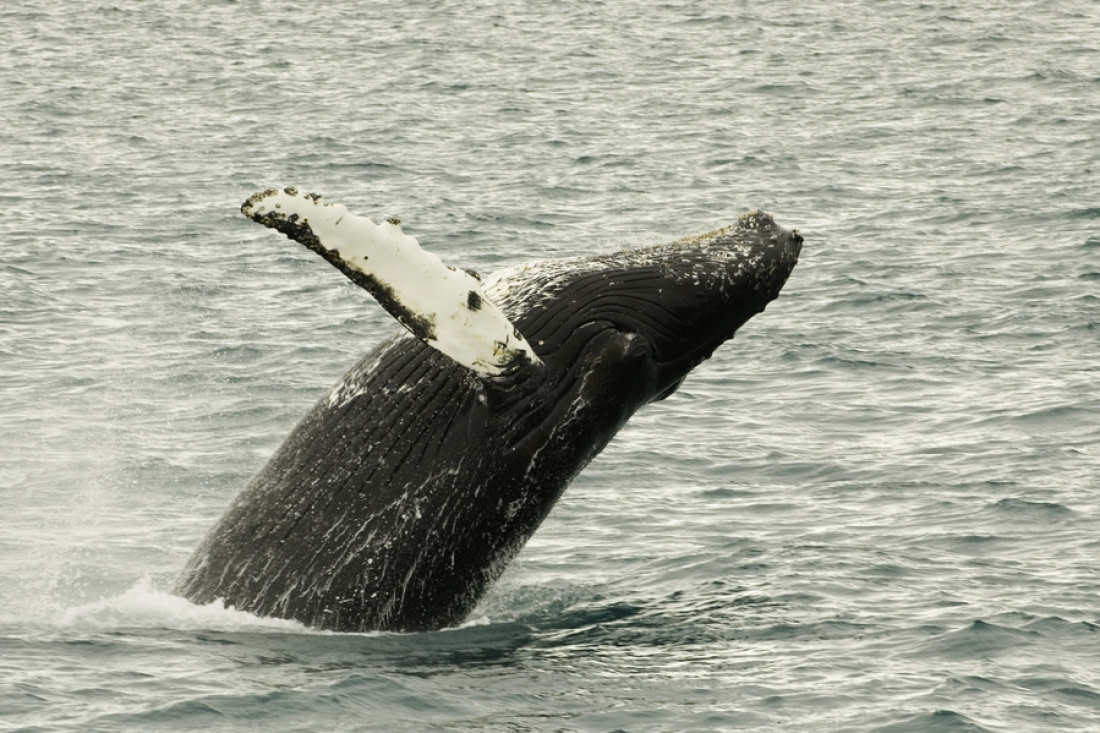
6. Little auk
Even more abundant in Svalbard than the kittiwake, the little auk forages in large flocks and creates breeding colonies that sometimes number in the millions. The little auk also grows faster than any other auk, which may partially explain its numbers.
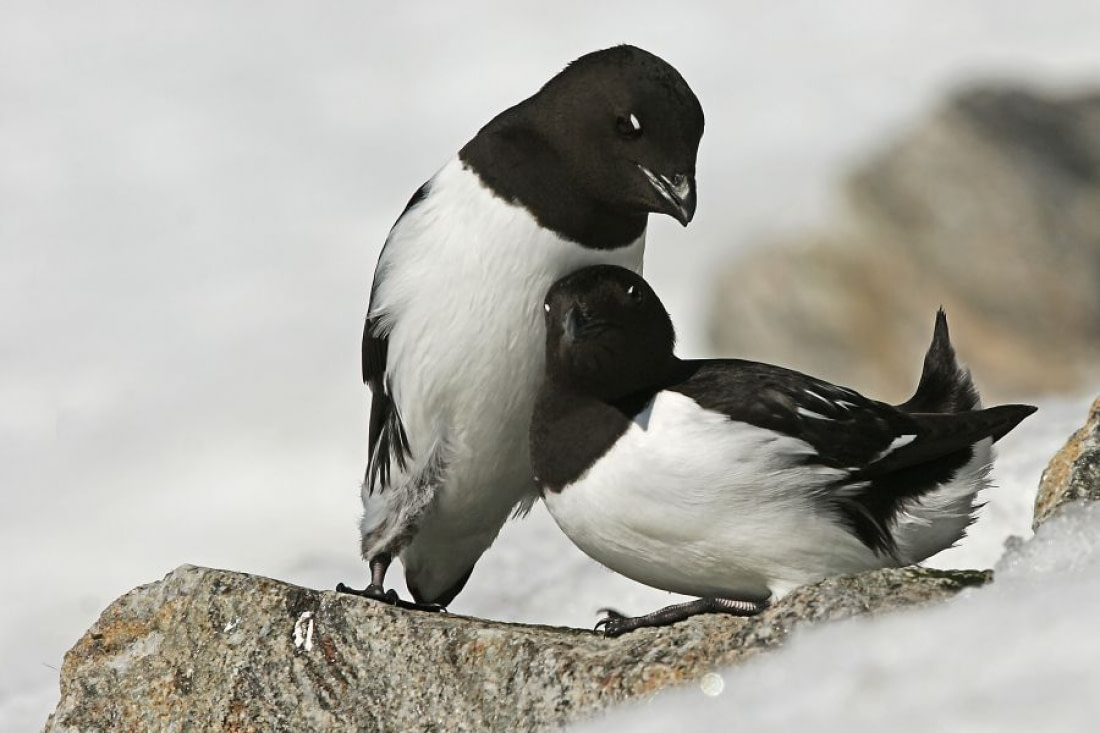
7. Polar bear
Though not technically among the more common animals in Svalbard, no list of Svalbard wildlife is complete without the polar bear. You have a better chance of seeing one in Svalbard than perhaps anywhere else in the Arctic.
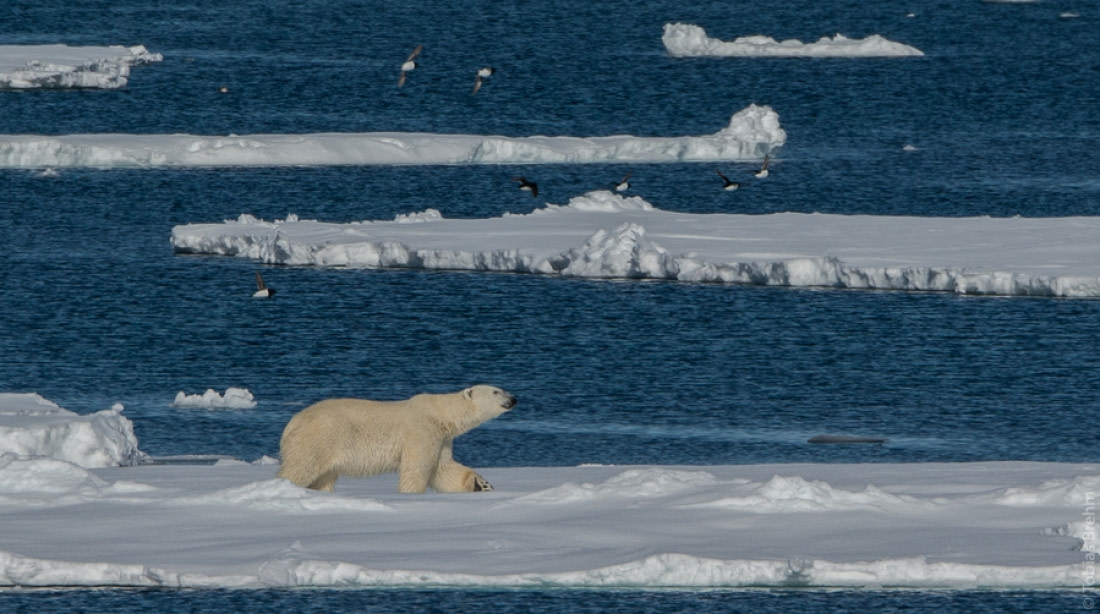
8. Harp seal
This species of seal is known for spending most of its time at sea, and its Latin name means "ice-lover from Greenland." Still, the far-ranging harp seal is a frequent Svalbard inhabitant.
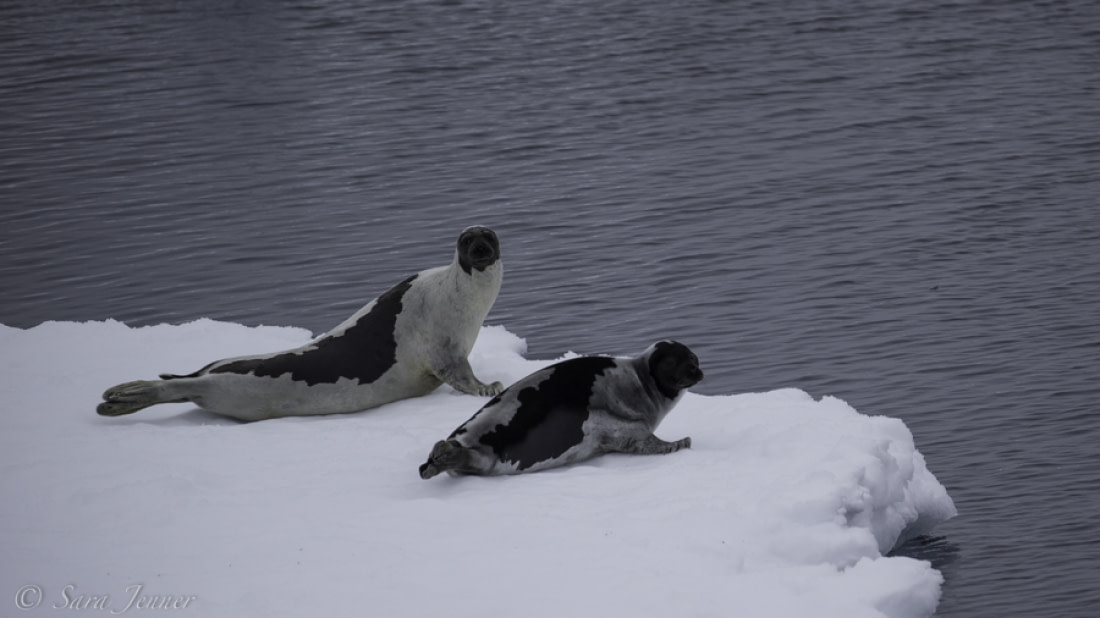
9. Black guillemot
The feathers of the black guillemot get whiter the farther north it is found. Scientists are still trying to understand why this Arctic bird is so particular about the way it holds fish in its beak.
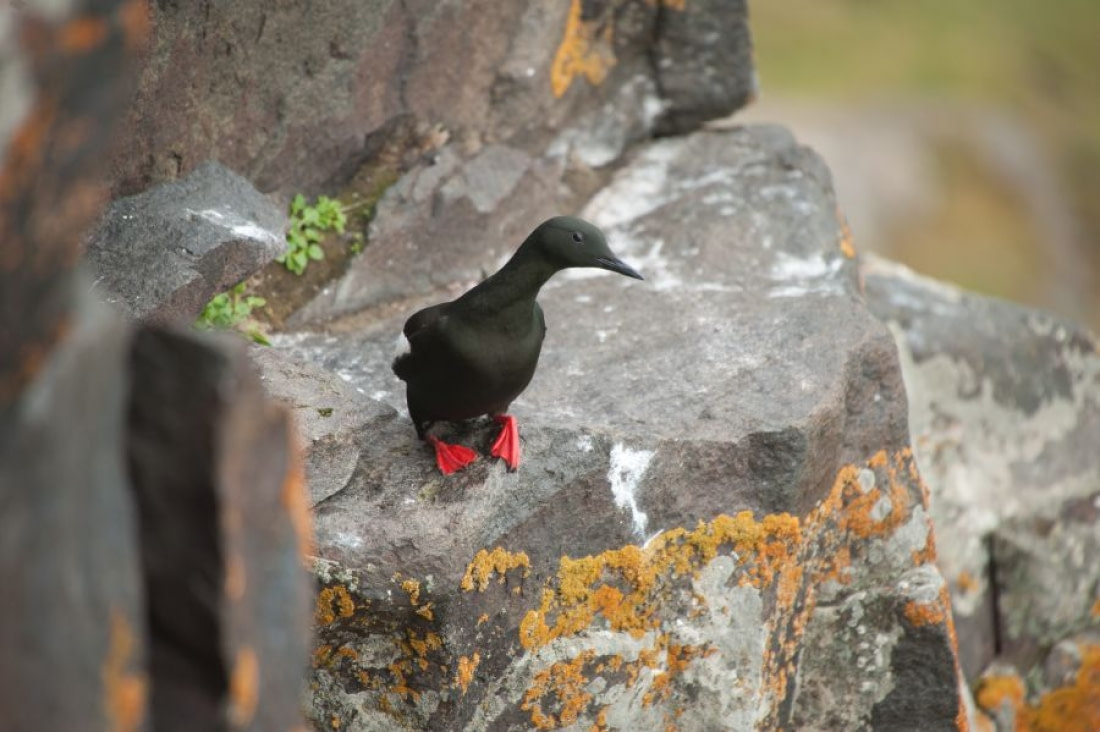
10. Walrus
One of the core species of the Arctic, the walrus is found in great abundance around Svalbard. You're likely to see a walrus more than most other Arctic animals, whether lounging in large coastline harems or swimming just off shore.
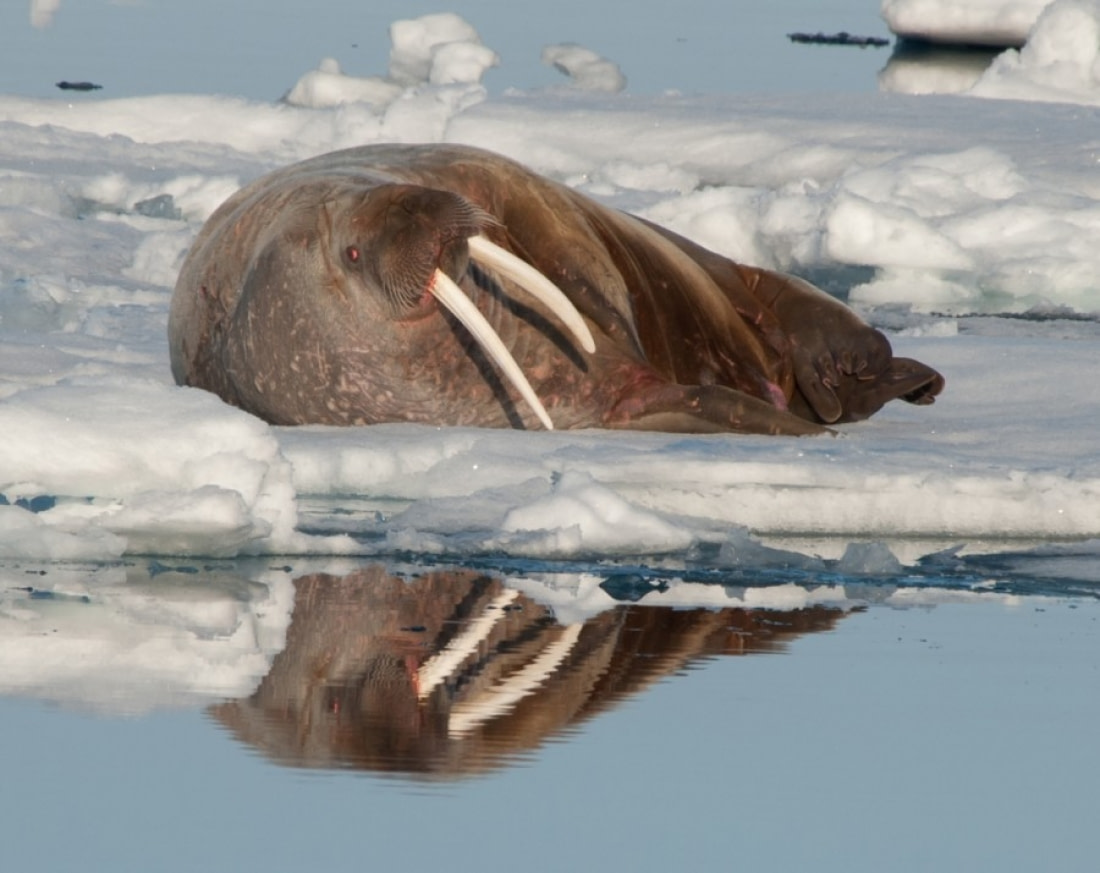
11. Minke whale
Along with the humpback, the minke whale is one of the more common cetaceans around Svalbard. Though among the smaller fin whales, it is known for its loud vocalizations, which can reach 152 decibels – as loud as a plane taking off.
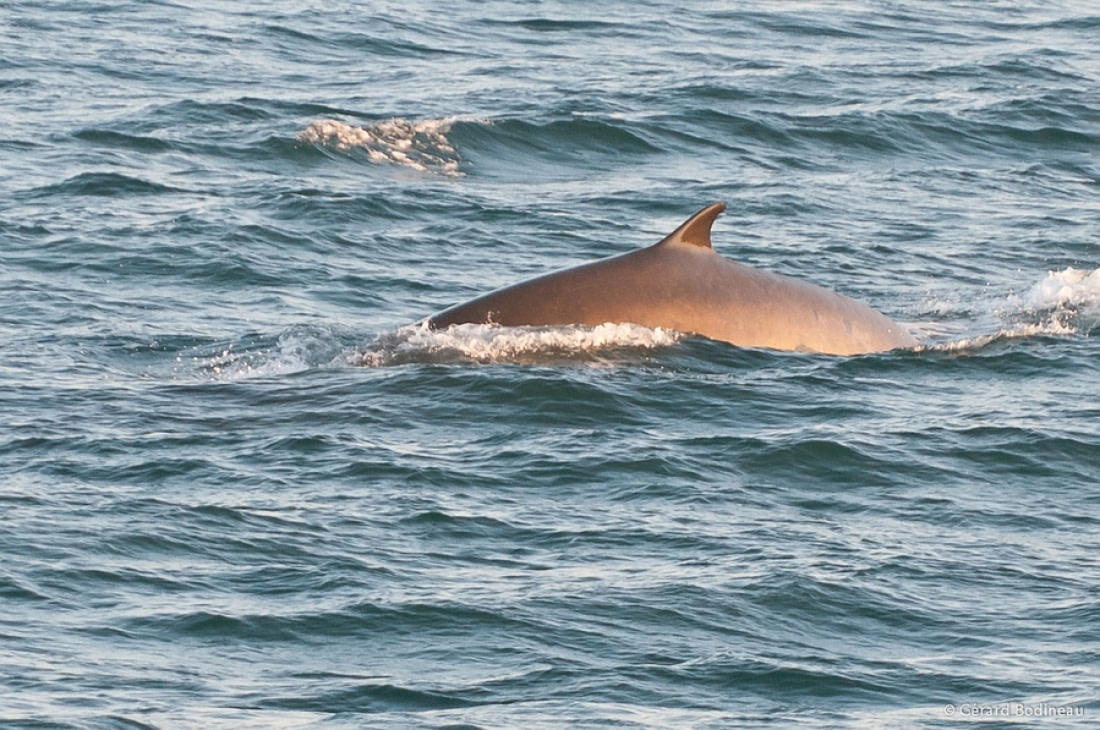
12. Puffin
The "sea clown" is probably the most recognizable bird in the Arctic, with a monk-like body coloration contrasting its carnival-esque face. It is most often seen at sea on its own, though less frequently in colonies.
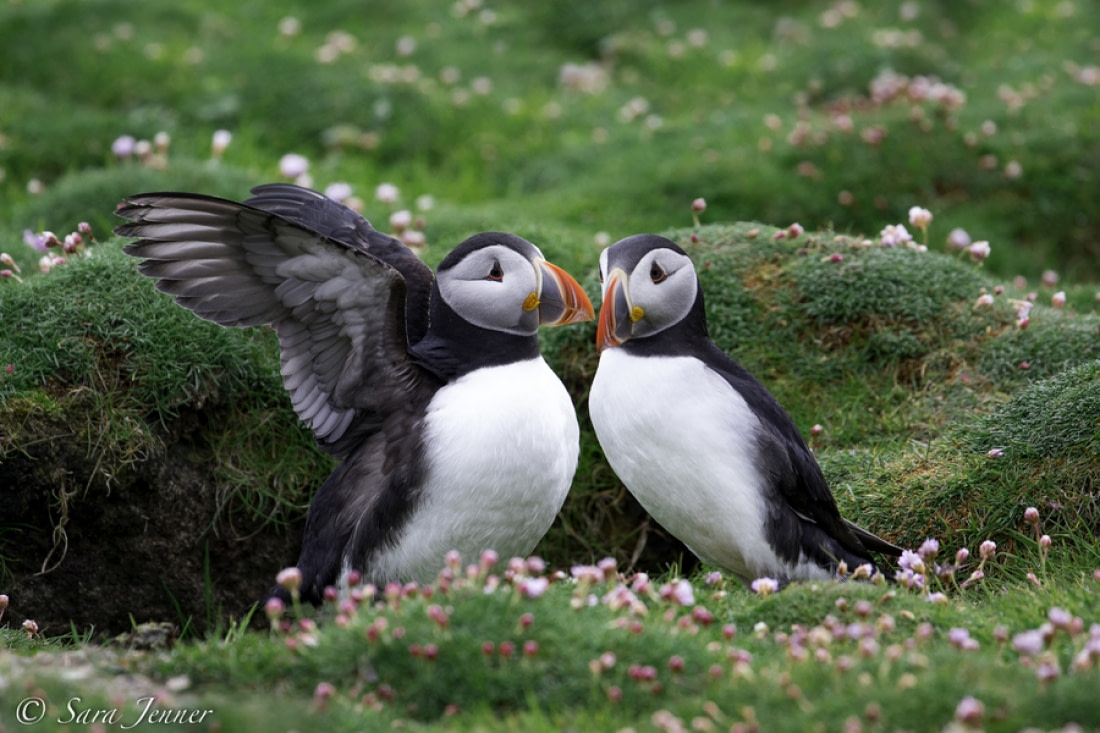
A last-minute disclaimer about Svalbard (and all other) wildlife
Though we hinted at this in the beginning, we should now state clearly that we cannot guarantee you'll see any of the Svalbard animals on this list. These species, while sometimes appearing en masse during one Svalbard trip, may be all but nonexistent on another.
All we can do on any expedition is keep our eyes open, our fingers crossed, and our expectations reasonable. At the very least, you'll see the Arctic, and that is undeniably an adventure in itself.

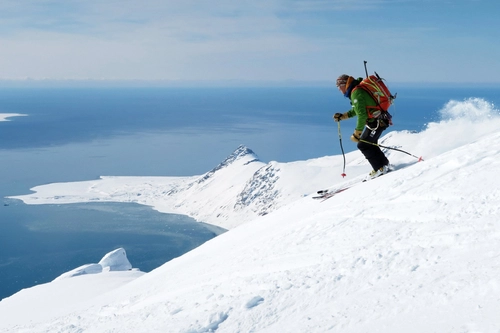
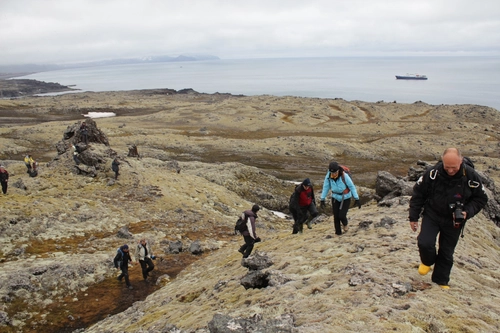
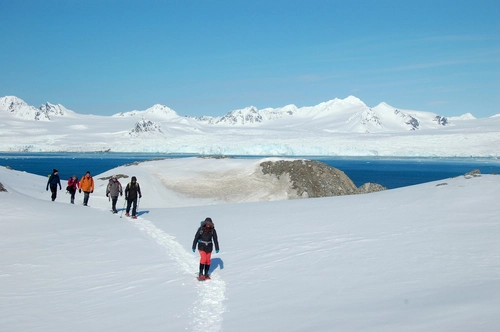
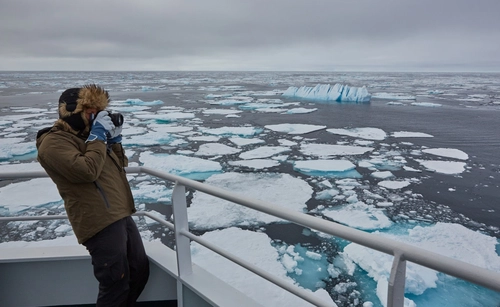
Related Trips
Blog


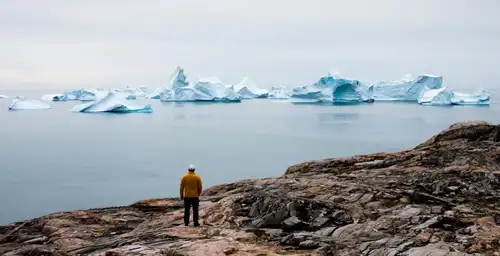
Tracking Greenland’s Wildlife from Space
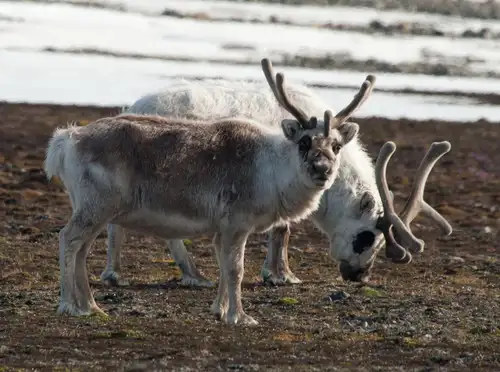
Amphibian, reptiles and herbivore mammals in the Arctic
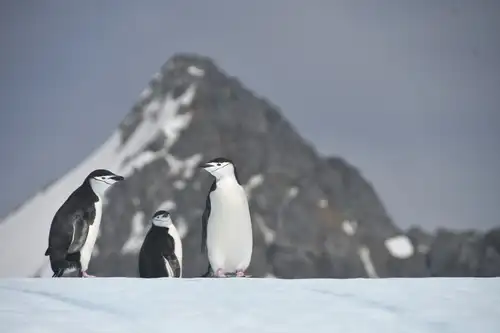
11 South Orkney Animals: Whales, Seabirds, and Penguins Aplenty
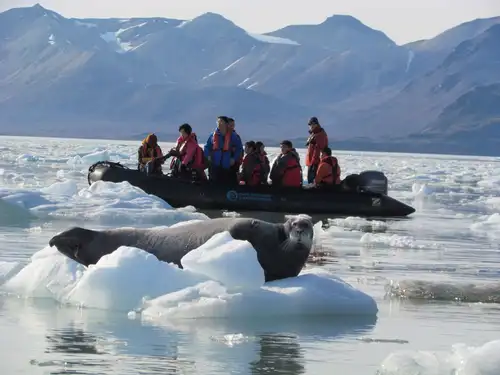
Six Seal Species You Might See On Your Greenland Cruise

Seven Sublime Antarctic Bays
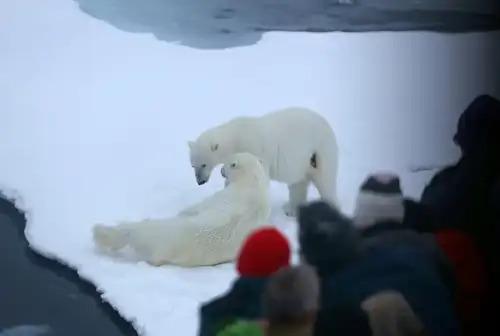
The Pack Ice and Polar Bears of North Spitsbergen

Hot Ice: Breeding Practices of Five Polar Animals
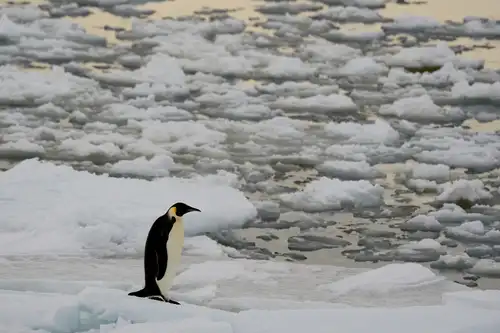
The Ways and Wildlife of the Weddell Sea
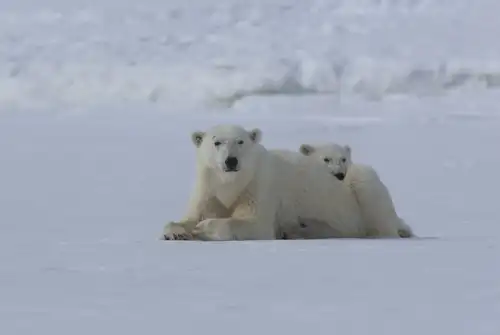
Polar Bears and Pack Ice: 22 Pics from North Spitsbergen
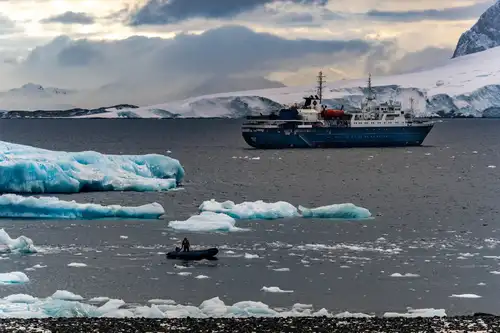
The Seasons of Antarctica: When to Visit and Why
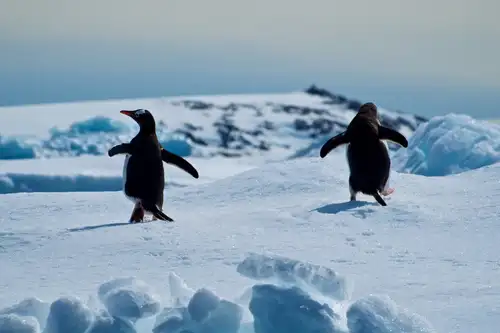
Eight Ultimate Antarctica Adventures
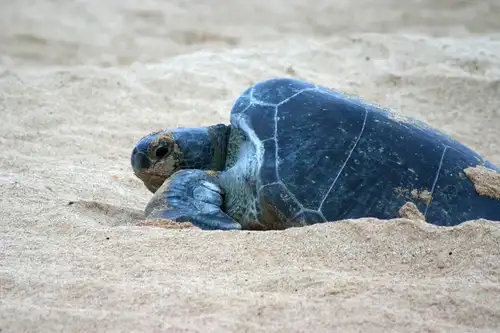
Going Green: Ascension Island Sea Turtles

Six Must-See Svalbard Sites
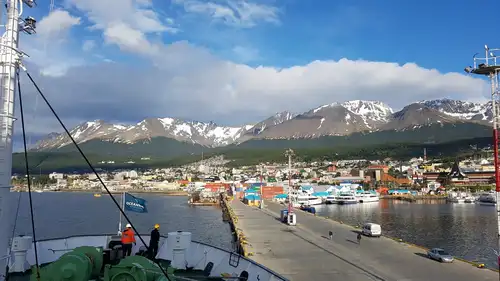
Seven Things to Do around Ushuaia

Top Antarctica Cruise Experiences for 2025
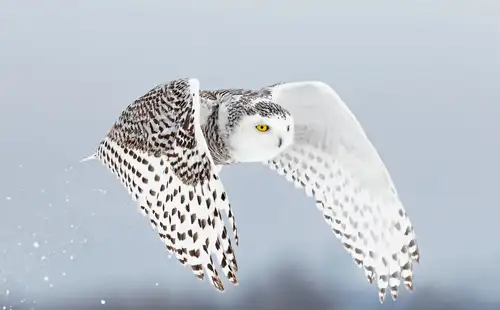
Secrets of the Snowy Owl: Habitat, Adaptations, and Other Facts
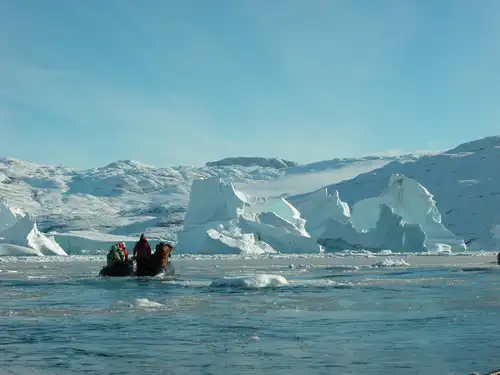
Discover the Scoresby Sund Fjord System in East Greenland

Two for the Snow: Polar Cruises for Couples

The Arctic Hare: Easter Bunny
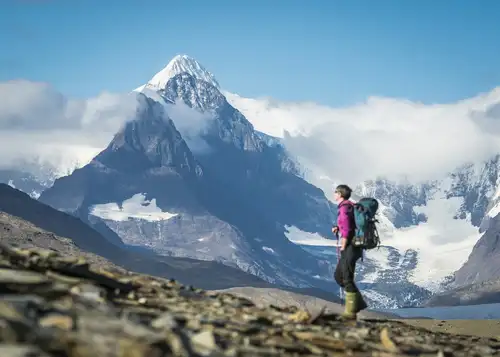



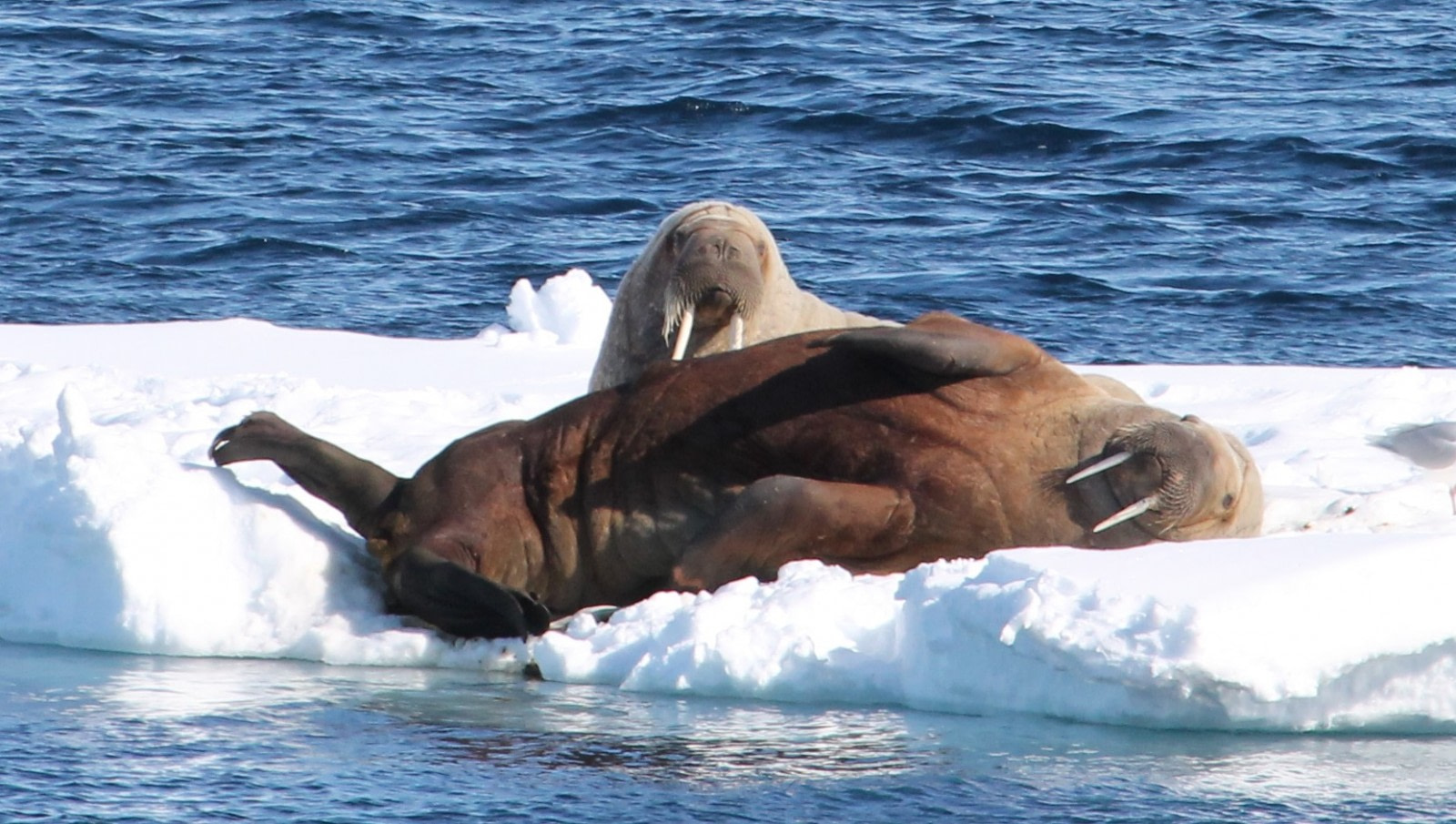

 8 Days / 7 Nights
8 Days / 7 Nights

